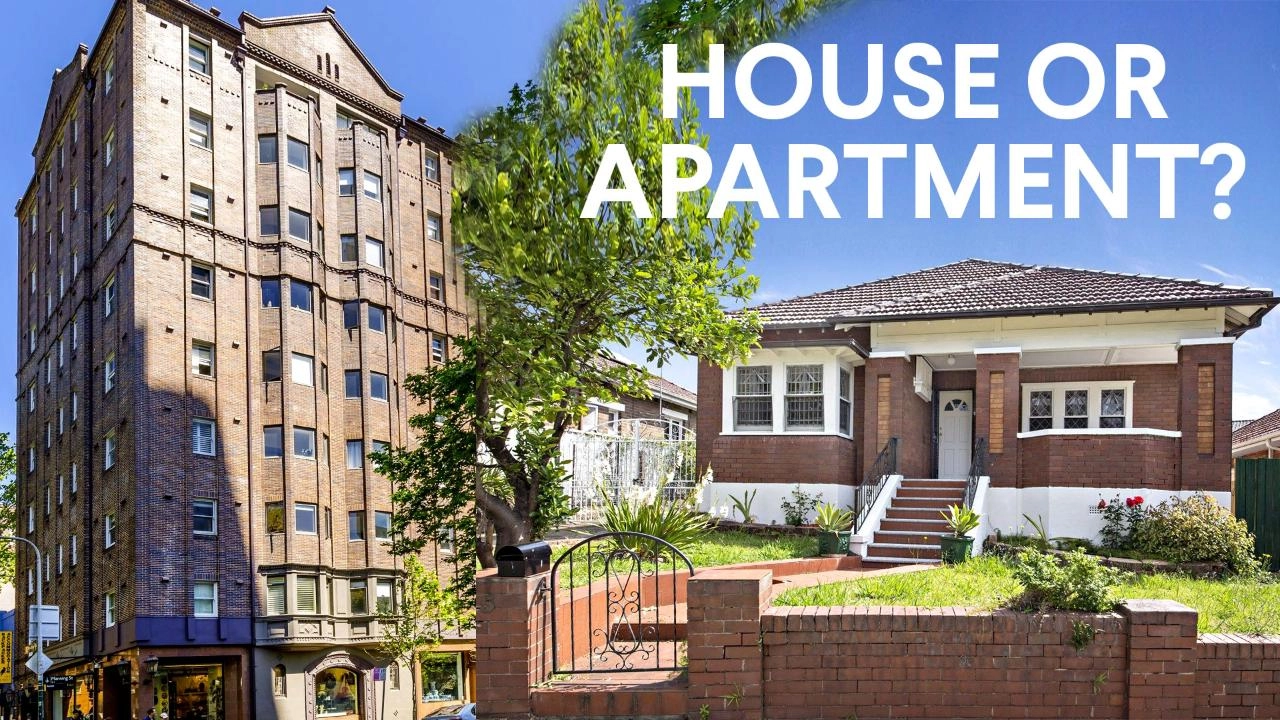Housing projects aim to provide the comforts of modern living with security, privacy, social facilities and amenities. However, it should not be forgotten that these features can increase operating costs and thus create additional burden for property owners and tenants. In this article, we will focus on the costs of extra features and high dues in residential projects and how these costs can be managed.
Site Restrictions and Security Standards
Project sites offer residents a secure living space, often by limiting outside visitors. This security is provided by costly elements such as security personnel, closed circuit camera systems and entrance-exit control systems. The cost of these services is directly reflected in site fees. The higher the security standards, the higher the dues residents have to pay.
Highlights:
- Security Costs: Elements such as security personnel and technological infrastructure incur high costs.
- Dues Security costs lead to increased dues, which can be a long-term financial burden for property owners.
Costs of Activity Areas
The amenities offered in residential projects include various facilities such as playgrounds, swimming pools, sports halls and social facilities. While such amenities increase the attractiveness of the project, they also come with operating and maintenance costs. If these facilities are not used intensively or are not needed by residents, the fees paid for these extra features can become unnecessary costs.
Cost Impacts of Activity Areas:
- Maintenance and Operation: Regular maintenance of swimming pools, gyms and other social facilities incurs high costs.
- Dues These extra features bring additional costs to property owners by increasing site fees.
Dues and Challenges in Housing Complexes
In gated communities, high fees can be a significant cost item for residents. These fees can make it difficult to find tenants in times of economic hardship and can even put property owners in financial distress. In addition, residents may have to make additional payments for improvements and maintenance work carried out in common areas by the complex management.
Challenges
- Economic Challenges: High fees can make it difficult to find tenants in times of economic recession.
- Common Area Expenses: Maintenance and repair costs of common areas are reflected as additional costs to the condominium owners.
Conclusion:
While the extra features and high security standards offered in residential projects provide significant benefits for residents, they can also create additional burden for property owners and tenants by increasing operating costs. Considering these extra costs, investors should carefully evaluate the benefits offered by projects and conduct a cost-benefit analysis.
Frequently Asked Questions (FAQs)
1. What factors are responsible for high fees?
High fees are often due to the cost of operating and maintaining security measures, social facilities and activity areas.
2. How do fees affect housing prices?
High fees can make it difficult to find tenants, especially in times of economic hardship, and can negatively affect the market value of the property.
3. Is it possible not to pay for extra features?
Dues set by the complex management are usually applicable to all residents, so even if you don't use the extra features, you still have to pay dues.






